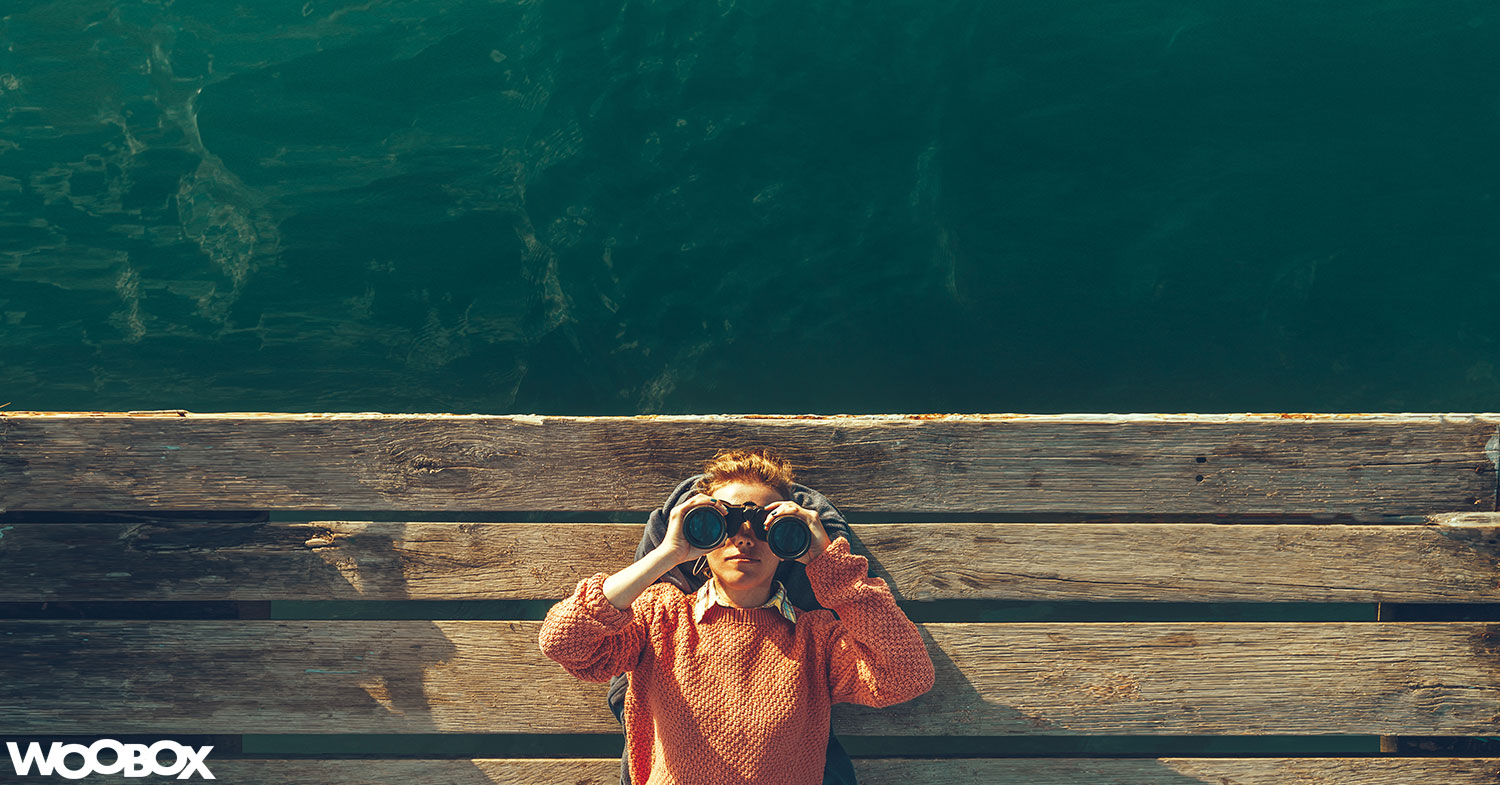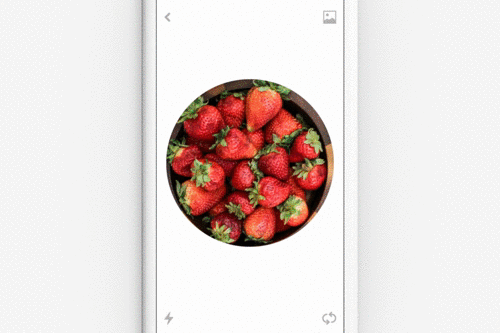Pinterest serves as a powerful search and discovery tool in a world that’s increasingly visual. The platform targets a users interests and matches them with relevant visual content creating a new way to shop and engage in planning future purchases.
An image has the power to tell a story without the use of a single word, making visual content valuable interpretation tools for brands looking to connect with specific audiences.
Brands are beginning to realize the increased importance of visual content and how it influences consumers actions, from online and offline purchasing to future planning.
Why should brands leverage visual discovery tools to engage major demographics like millennials?
In short, a substantial amount of users (93% according to Pinterest) leverage the platform as a personalized planning machine for future life events and purchases.
In fact, 1 of every 2 millennials use Pinterest, meaning there is a large group of users who are actively planning their futures.
Life events, like getting married, purchasing a home, starting a family, remodeling, vacationing, meal planning and so on, all require some form of planning and that means visual search and discovery can set the stage for brands looking to engage with consumers looking to make purchases in the near future.
A platform like Pinterest with over 75 billion ideas is a lifesaver for users looking to discover and save what interests and inspires their future plans. So how exactly does visual discovery engage with users and assist in their future purchase planning?
Modes of Visual Discovery
Pinterest’s innovative visual discovery tools are designed to enhance user experience in unique and personalized ways, making it an irresistible tool for users who are actively visualizing their future. There is no better time for a brand to appeal to consumers than when they are in the planning stage that comes shortly before the actual purchase.
The features of visual discovery allows for a deeper understanding of users interests, or “tastes” through their interpretation of visual content and how their taste evolves over time.
Related Pins
Related pins are the smorgasbord of images that appear below the original query pin that the user clicks on in their feed. These pins aren’t curated by the visual aspect of the pin, but the item-to-item collaboration that pin has to other highly relevant pins.
The systematic process behind the cultivation of Related Pins is a concept hard to describe with words alone, so let’s practice what we preach and use images to get the idea across.
After all, your brain processes images 60x faster than it processes words, so this should be easy to follow.
To keep Related Pins fresh and relevant the system uses related boards to identify a candidate set of pins to gather information from. As you can see, two pins have are chosen from the same board the query pin is from and then expands even further by bringing in new boards related to the new pins.
But wait, there’s more!
The list of new pins that were cultivated from the related boards are then used to cultivate an entirely new list, called a neighbor list, crawling through a web of new and old pins all interwoven by their relation to one another on users boards.
Whew, are you still with me? Good.
The key takeaway for Related Pins is that user engagement is driven by a constantly evolving scaleable system designed to reveal a users deeper interests based off of a single query pin.
Shop the Look
Let’s dive right into the Shop the Look feature, an incredibly powerful tool for selling products through real-time object detection.
Essentially, Shop the Look allows users to buy products that exist within a pin.

A brand can engage consumers on a deeper level by showing them the product and then offering suggestions for other products to complete the look.
In a way, Shop the Look is akin to having 24-hour access to a personal shopper with endless recommendations personalized just for you. And it’s free.

Shop the Look uses object detection to identify the products contained within the pin and then implements a visual search scan to generate a group of candidate products related to the query pin.
At this point, human curators with fashion expertise confirm the most relevant products within the list of candidates and decide what is shown within Shop the Look results.
Also included with the Shop the Look feature is a section called “how to wear it”, showing a list of relevant products that were found within the pins that also contained the original query pin of interest.
How to wear it is yet another profound visual discovery tool that aims to engage consumers and drive action toward meaningful sales.
Lens
People now do more than 600 million visual searches every month across Lens, our browser extension, and the visual search tool inside Pins. That’s a 140 percent increase year over year.
The Lens is a powerful tool that combines image retrieval and object detection to create a literal visual search engine. Just grab your phone and snap a photo of almost anything and Lens will find similar styles, recipes, products, looks, and more.
Lens really is as simple as it sounds. Take a photo with Lens, then sit back and let it go to work by using advanced object detection to identify the visual context of the image and report back with similar styles, looks, products, and so on.
The list of uses for the Lens is seemingly endless. If you’re out grocery shopping you can snap a photo of an ingredient, like fresh strawberries, and the Lens will systematically curate a list of recipes and related pins that involve the visual contents of the photo.
One reason the Lens feature has gained so much popularity among users is because of its versatile online-offline use. You can use the Lens to find ideas, not just purchase products. So while you’re in-store you can quickly find relevant visual content related to a product that’s already in your hand.
With a search feature like the Lens, it’s no surprise that 72% of active users rely on Pinterest to decide what to buy offline and 87% of users purchase products because of Pinterest.
Pincodes are coming to a store near you
Pincodes are starting to pop up in stores and magazines, making it easier for brands to create long term relationships with consumers. Pincodes are meant to guide users back to your brands Pinterest page making it quick and easy for them to follow or save certain products you offer, both online and offline.
The following steps from Pinterest show how users can unlock Pincodes and instantly access visual content and related ideas from their phone while they are on the go.
When you come across a Pincode, all you have to do is:
1. Open the Pinterest app on your iPhone or Android device
2. Tap your Pinterest camera (up next to the Search bar).
3. Point your phone at the Pincode to instantly access Pins, boards and other ideas on Pinterest. (No need to snap a picture!)
You can also use Pincodes to follow friends and family on Pinterest. For this, tap your profile picture in the Pinterest app on your phone to pull up your own personal Pincode and have a friend or family member scan it with the Pinterest camera.
There are so many ways to leverage visual search discovery platforms and tools in order to engage with your target audience and create lasting relationships between brands and consumers. The advances in visual search has made it easy for consumers to find ideas and products that resonate specifically with them, making a more personalized experience between themselves and the brands they love.
Visual content is an exciting marketing opportunity that’s only gaining speed and relevancy. Want to stay ahead of the curve and create effective visual campaigns centered around your products, services, and promotions? A free Woobox account allows you to make as many giveways, contests, and other marketing campaigns as you want without spending a dime.






